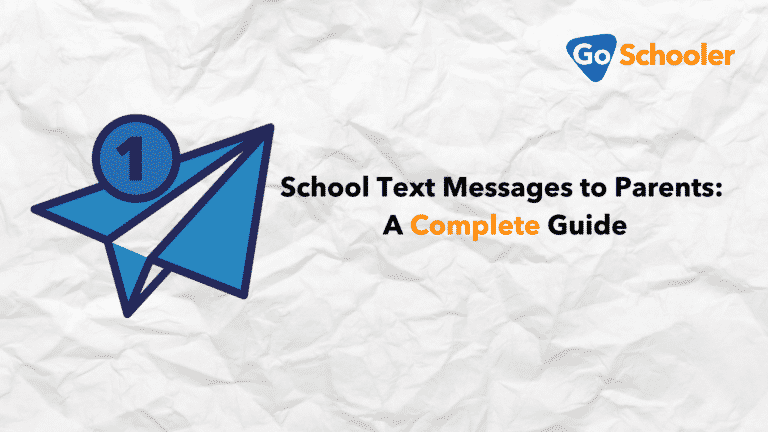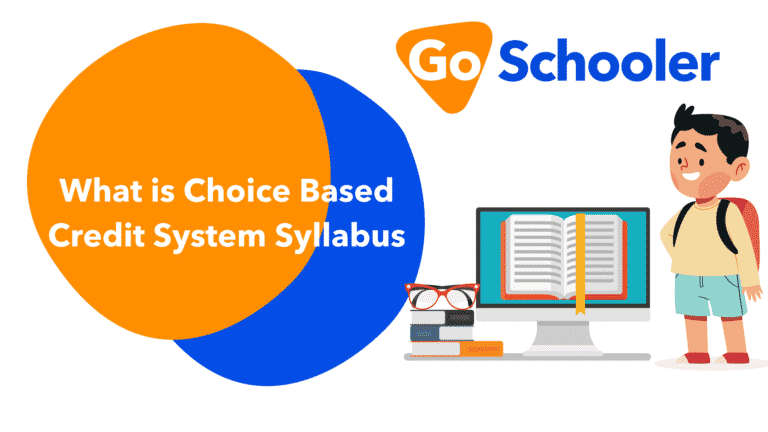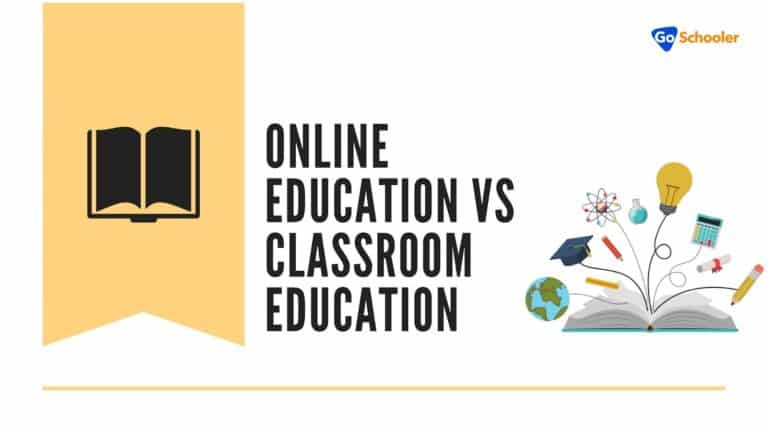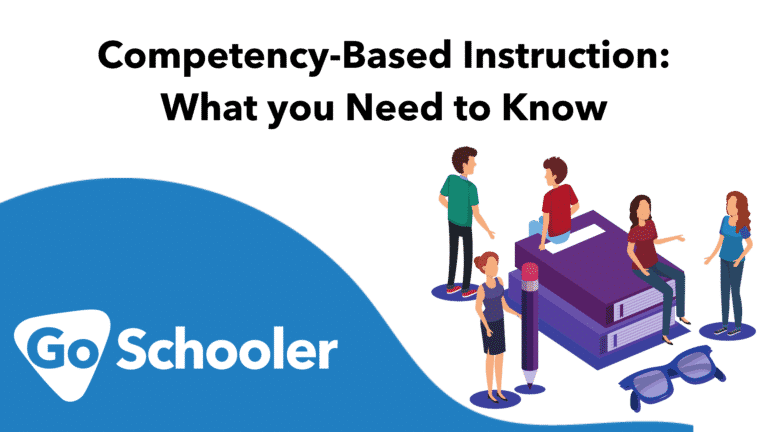
Technological advancements and evolving needs of schools have something to do with the rapid change of educational platforms. In addition, the efforts to push through with virtual learning caused by the pandemic have radically changed the landscape of education today.
However, there are still hurdles in the implementation of online classes. In fact, 42% of online students say they have a hard time staying motivated in completing their coursework during the pandemic. Not to mention the dire need for robust internet infrastructure and the increased demand for teachers to have training for such digitized innovation.
Although online education is not without challenges, there is more room for the benefits of merging technology to this modern education. In 2020, 41% of college students preferred their learning experiences online to classroom instruction. This is to say that the emergent effectivity of live classes and virtual learning is evident to educational institutions.
As there is a rise of edtech platforms available, online education indeed brings students the best educational experience to where they are. In fact, BestColleges had reported that almost half (49%) of remote learners anticipated enrolling in online courses after their campuses return to normal operations.
In this article, we hope to shed some light on the following target questions as to why an online class is a trend in education:
- What are the differences between a traditional and a digital classroom?
- Why are virtual classes trending?
- What are some educational models involving online classes?
- What are the tools and systems that make up an online classroom?
Traditional vs. Online Classrooms
Image from Unsplash
The traditional classroom emphasizes the heavy use of mastery learning with teachers as the active supplier of knowledge. In this method, the teacher delivers a lecture before giving assessments all for a specified time.
Also, the students were taught with the exact same information at the exact same pace and method. Another obvious characteristic of a traditional classroom is the learning environment. Whereas a digitized classroom has more options for the platform to use, the traditional one mainly needs the student’s presence.
On the other hand, an online classroom defies most of the restrictions of the traditional classroom. Learning online is more flexible in many ways. However, it still doesn’t neglect the purpose of students mastering a concept or skill before moving ahead to the lesson.
The student is a more active agent in their education in an online class. It requires them to have a study balance and good time management in online classes compared to the fixed schedule of in-person classrooms.
In addition, virtual classes are conducted with internet connectivity as students use devices to have access to different platforms. The schools require the use of tablets, smartphones, laptops, or personal computers in digital learning. Since most of the administrative tasks in schools are now being automated, there is also an increase in student enrolment online.
There is really no which is which in between traditional and virtual classrooms but the evident innovation in the student’s learning. Below are some of the educational models that are widely used in virtual institutions:
Virtual Class as the Current Trend in Education
Image from Unsplash
Even before the pandemic has started, there has been wide opportunities for online learning. Some schools in different parts of the world are already implementing digitized classrooms through web mediation. Most have established modern strategies for improving student engagement, retention, and mastery in online classes. Here are the most common types of classroom models ideal using virtual classes:
1. The Flipped Classroom
From the model name itself, the flipped classroom turns the routines of a traditional classroom around. This educational model emphasizes the student’s direct access to knowledge as they are free to explore online. The online class time intends to diversify the learning of students as they respond to subjects differently.
The students study class lectures at home while they complete their homework in the classroom. Due to this, the teachers only act as facilitators to assist the learners instead. The often time-consuming lectures are through video lessons that can be pre-recorded or through on-screen tutorials. Average learners can continue learning at their own pace.
Moreover, advanced learners can fast forward video lectures they find easy, while slow learners can re-watch the lessons until they have grasped mastery. It is an excellent approach to make the most of the time and effort for both the teacher and the students.
2. Blended Learning
Blended learning, also known as hybrid learning, is a combination of the online approach and on-campus classroom. Although now it isn’t still advisable for most schools to go face-to-face, this educational model has already been implemented during pre-pandemic.
It is seen as a more favorable option for those who live within a reasonable distance from the campus. Blended learning requires the flexibility of online classroom attendance. Here, most of the student’s time is intended for remote asynchronous instruction.
The main role of online learning here is to allow students access to e-sources available online. It is to encourage completing classwork at the time of the day they are most convenient. Again, the instruction in a blended classroom goes hand-in-hand with the actual learning experience.
3. Homeschooling
Homeschooling is a lot different from the usual class learning. This educational model emphasizes the student’s learning style better than in the typical classrooms. It encourages natural curiosity among the students.
In addition, it allows students to choose what to learn and how to learn it. Students who are selective learners suit homeschooling the best. Online education enhances the opportunity of independent learning for homeschool students. Activities like informal hobbies, pet projects, and personal discoveries supplement the learner’s formal education.
Online Learning Tools
Of course, the implementation of online classes won’t be conducive without the use of digital learning tools. Below are the online learning tools that help schools establish a quality education online:
1. School Management System
Screenshot from GoSchooler
The most reliable tool to innovate classroom systems is school management software. This is the ultimate online education trend especially in India and the US.
A school management system helps improve the educational experiences of the students by automating school operations. This SMS features virtual classes for educational institutions as an alternative to traditional learning.
Additionally, GoSchooler also provides an improved and more interactive platform for the schools, including the admin and non-academic staff. Apart from the live classes, it can also automate the teacher’s grade book, attendance sheets, and class lists. Moreover, it can help perform administrative duties like sending emails, fee management, and tracking payroll.
2. Student Portal
Also known as the student information system, a student portal lets students set up their accounts in the school. It is essential in student admission since the initial part of student registration was set in the system during the enrolment.
During the student’s education, the student portal or SIS allows them to access their classes and view academic information. It is also a gateway for both students and parents to important deadlines and updates from the school. Furthermore, it enhances communication with faculty and staff.
3. Online Courses
Most school management systems offer modules for learning management that have online courses. Some SMS also allows teachers and instructors to upload their files and documents into the system.
Online courses are effective learning tools involving video lessons, audiobooks, e-sources, and other supplementary content materials. It provides main support to student learning in online classes. In turn, teachers in virtual classrooms equip improved knowledge and skills in this technology. Besides, most of the educational sources are put online, and some are even free!
Educational institutions that offer online programs often use open-source materials for their courses. The school’s efforts to design content and curriculum for distance learning can also be in the form of tools like online courses. Usually, a certificate is given to learners after completing an online course.
4. Scheduling Apps
Screenshot from Google
Another digital learning tool is a good scheduling app that can help students stay on track with deadlines. Because students need to manage their time in their online classes, scheduling apps may come in handy for them.
There are a lot of free applications available online students may choose from to help them organize daily tasks. Some SMS provides an automated app to allow students to schedule weekly classes and enhance their productivity. Online scheduling apps like Google Calendar send alerts and notifications to provide extra reminders for students.
5. Note-Taking Software
One emerging trend in online classes is the use of note-taking software. The perks of classes going digital are also the reduction of time, energy, and paperwork! Since all are going automated, it is also observed that note-taking little by little become technological.
A note-taking software compiles notes and organizes them by topic, module, and class. There are even apps that have audiobooks feature for e-sources. Some note-taking software allows students to record notes verbally as the app puts them in text.
This online tool is fast and effective in supporting the learning needs of the students. As a result, it gives more time for learners to make the most out of their virtual classes.
6. Collaboration Apps
Screenshot from Trello
Even though the world is exposed to distance learning, it shouldn’t hinder schools to allow collaboration among their students. The school admin and teachers are considerate in this concern. With the increased development of online classes, there are collaboration apps available for educational institutions.
Some of these apps are workflow programs like Trello and Slack. Collaboration apps like these two encourage students to connect and engage with each other despite distance learning. They provide students a platform to share ideas and send documents or files.
Using these apps, they can complete assignments together and can be active learners at the same time. Other collaboration apps can be social media technologies, videoconferencing, texting, email, or teleconferencing. Collaboration apps make the world closer and learning together possible for students.
Final Takeaway
The rise of new technologies in education allows schools to innovate and adapt. Each individual classroom online may encounter a challenge or two in these trying times. However, there is a continuous effort to sustain and improve online tools for the new trends of modern education.
Through virtual means, schools can prepare online learning spaces for the best educational experience for the students. Whether we like it or not, distance learning is slowly becoming the ‘new normal’, after all.







